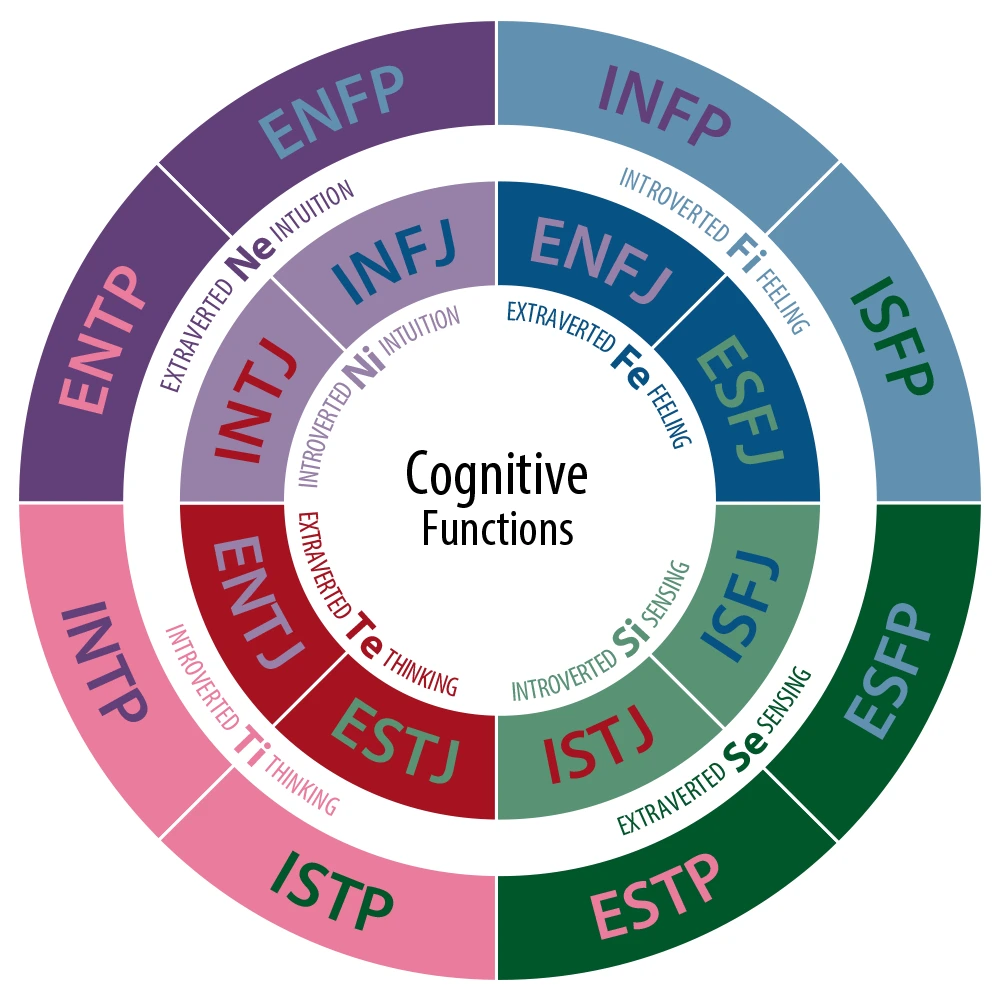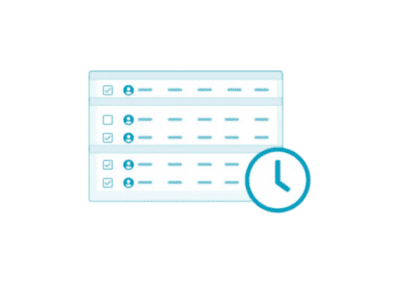Managing different employee types can be a challenging task for any manager. Each employee is unique and has their own strengths, weaknesses, and motivations. Understanding these differences can help managers create a positive and productive work environment for all team members. When it comes to workforce management, effectively managing different employee types can make a significant difference.
Understanding Different Employee Types
There are a range of tools, test and resources that you can use to learn about employee types. Let’s take a look at the most popular ones.
Myers-Briggs Type Indicator

One way to understand different employee types is to use the Myers-Briggs Type Indicator (MBTI). This tool is based on the theory of psychological type. It states that each person has a natural preference for one of four mental functions:
- Extraversion or Introversion
- Sensing or Intuition
- Thinking or Feeling
- Judging or Perceiving
There are 16 different personality types that can be identified using the MBTI. Each type has its own strengths and weaknesses. For example, extraverted types tend to be outgoing and sociable, while introverted types tend to be more reserved and reflective. Sensing types tend to focus on the present and the concrete. However, intuitive types tend to focus on the future and the abstract. Thinking types tend to make decisions based on logic and facts, while feeling types tend to make decisions based on emotions and values. Judging types tend to be organized and planful, while perceiving types tend to be more flexible and adaptable.
Understanding these different personality types can help managers create a positive work environment for all employee types. For example, extraverted types may thrive in a fast-paced, high-energy environment, while introverted types may prefer a more calm and quiet atmosphere. Sensing types may prefer a structured and organized work environment, while intuitive types may prefer a more open and creative atmosphere. Thinking types may prefer a work environment that is focused on logic and facts, while feeling types may prefer a work environment that is focused on emotions and values. Judging types may prefer a work environment that is organized and planful, while perceiving types may prefer a more flexible and adaptable work environment.
Maslow’s Hierarchy of Needs
Another important aspect of managing different employee types is understanding their motivations. Maslow’s Hierarchy of Needs is a useful tool for understanding employee motivations. According to Maslow, human needs are arranged in a hierarchical order, starting with physiological needs, safety needs, belongingness and love needs, esteem needs and self-actualization needs.
For example, employees at the lower level of the hierarchy, such as physiological and safety needs, may be motivated by basic needs such as salary, benefits, and job security. Employees at the higher level of the hierarchy, such as esteem and self-actualization needs, may be motivated by things such as recognition, growth opportunities, and the ability to make a meaningful impact in their work.
Managers can use this understanding of employee motivations to create a positive and productive work environment. For example, providing employees with a competitive salary and benefits package can help meet their physiological and safety needs, while providing opportunities for recognition and growth can help meet their esteem and self-actualization needs.
Communication
Another important aspect of managing different employee types is understanding their communication preferences. According to the communication model, there are four main communication styles: passive, aggressive, passive-aggressive, and assertive.
Communication styles

Passive communicators tend to avoid conflict and may not express their opinions or feelings directly. Aggressive communicators tend to be more confrontational and may not consider the feelings or opinions of others. Passive-aggressive communicators tend to express their opinions or feelings indirectly, through sarcasm or manipulation. Assertive communicators tend to express their opinions or feelings directly, while also considering the feelings or opinions of others.
Managers can use this understanding of communication styles to create a positive and productive work environment. It’s important to consider all communication and employee types in the workplace. For example, providing training on assertive communication can help employees express their opinions or feelings directly and effectively. Providing feedback on communication styles gives your employees the tools to work well within their team.
Managers can also use this understanding of communication styles to improve communication within their team. For example, a manager may need to be more direct and assertive when communicating with a passive employee, while also being more sensitive and understanding when communicating with an aggressive employee.
Understanding Work Styles
Additionally, it is also important for managers to understand the different work styles of their employees. Some employees may prefer to work independently, while others may prefer to work in teams. Some may prefer a structured work environment, while others may prefer a more flexible work environment. Managers can use this understanding of work styles to create a positive and productive work environment.
For example, providing an independent employee with the autonomy to work on their own projects can help them thrive, while providing a team-oriented employee with opportunities to collaborate and work on group projects can help them feel more engaged and productive.
In conclusion, managing different employee types can be a challenging task, but understanding the unique strengths, weaknesses, motivations, communication preferences and work styles of each employee can help managers create a positive and productive work environment for all team members.
By using tools such as the Myers-Briggs Type Indicator and Maslow’s Hierarchy of Needs, and by providing training and development opportunities, managers can help their employees reach their full potential and contribute to the success of the organization.




